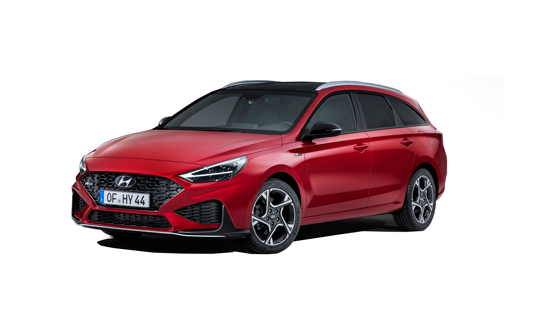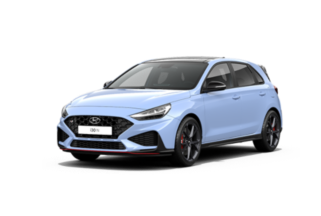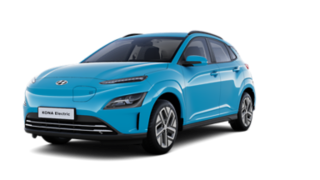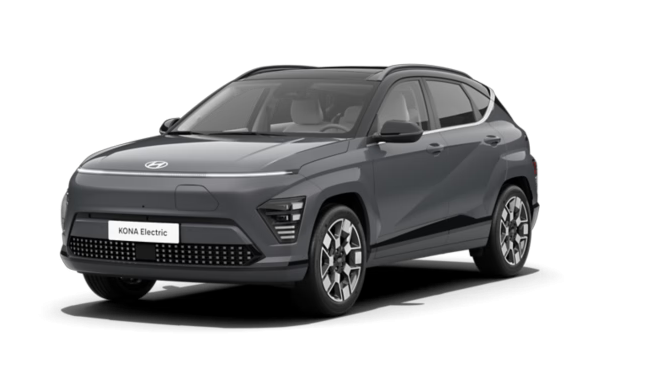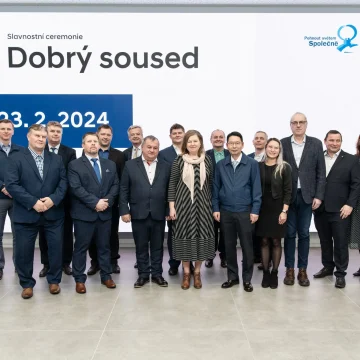The Nošovice Hyundai car
plant has already produced
four million gearboxes
3 minutes of reading | 3.12.2018
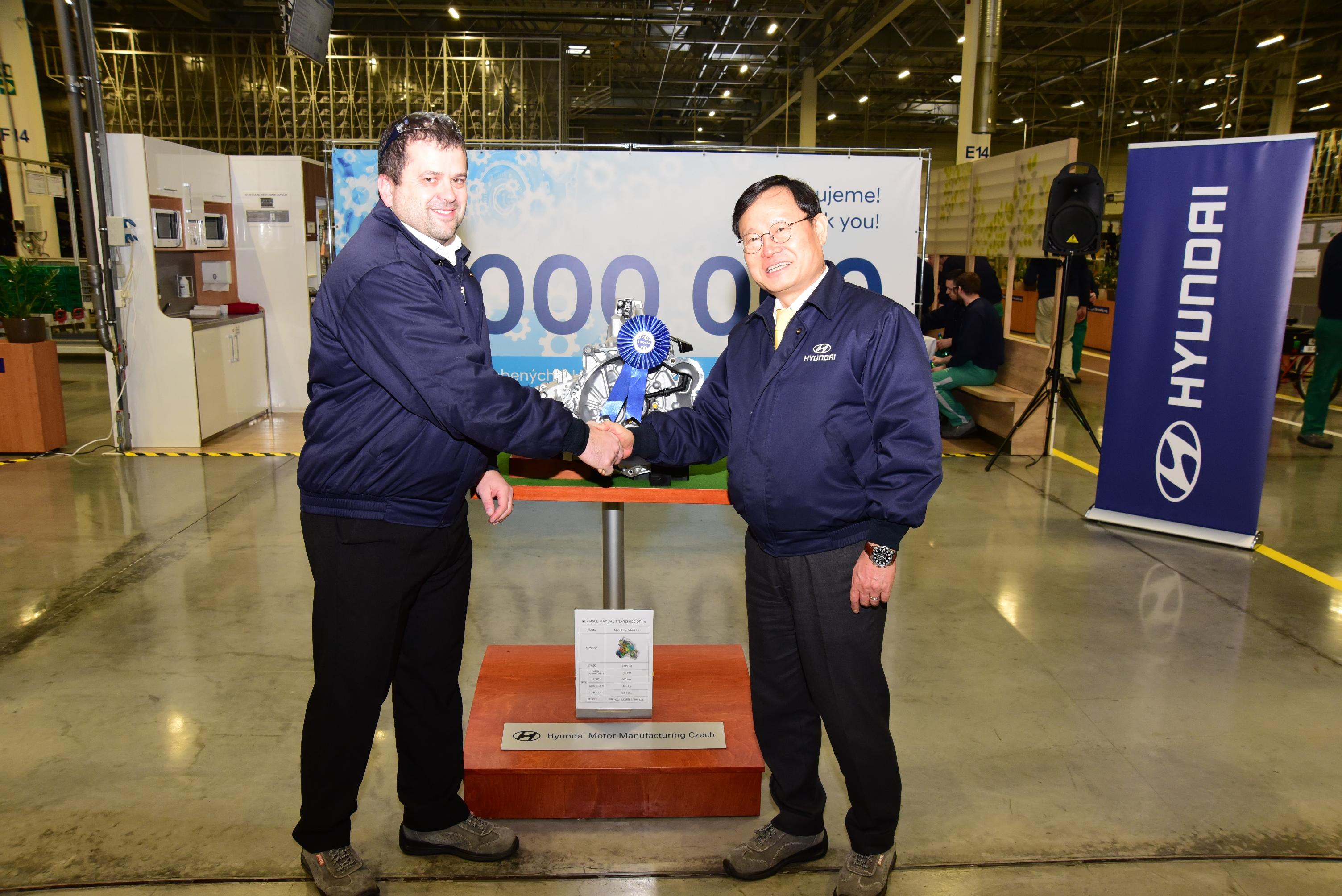
Since beginning production in October 2008, the gearbox manufacturing line at the Nošovice Hyundai car plant has already produced four million gearboxes. Almost 45 % of them have been used in the manufacture of Hyundai cars in Nošovice, and the other gearboxes have gone to other manufacturing facilities, mainly to our sister plants in Slovakia and Russia.
The Nošovice based Hyundai
Motor Manufacturing Czech car plant began producing gearboxes in October 2008, several
weeks before the official start of car production. The first model was the
manual 5-speed M5CF1 gearbox. Currently the plant manufactures only the 6-speed
manual gearboxes M6CF1 and M6CF3 – the latter for cars with turbocharged
engines. Of course customers can choose an automatic gearbox for any car
produced in Nošovice, and these are imported from South Korea.
Of the four million gearboxes produced at HMMC, 1790000 (44.75 %) of them have been
used in Hyundai cars manufactured in Nošovice. 1500000 (37.5 %) have been sent
to our sister factory, Kia Motors Slovakia in Žilina, and 700000 (17.5 %) to
the Hyundai plant in St Petersburg in Russia, whilst 4000 units (0.1 %) have
been sent across the oceans to Kia Motors Mexico and 6000 units (0.15 %) have
been manufactured as spare parts for service.
The production includes machining, drilling and
insertion of rough castings of two halves of aluminium boxes and milling of
gearing of steel shafts and wheels, which form the actual transmission system.
All machining is done by fully automatic machine tools, with operators
supervising the supply of material, transport of finished products for further
operations and periodic and random inspection of selected items and their
measurement on electronic micrometric stands. Without exception, all
machines, either in the gearbox production area or in other areas of the Nošovice
Hyundai car plant are categorised as B.A.T. (Best Available Technology), which was one of the conditions for investment
incentives granted by the Czech government in 2006. The equipment used
in Hyundai gearbox production at Nošovice is a veritable ‘production flotilla’
of machine tools from Germany, South Korea, Japan, France and the USA.
The steel parts are annealed in gas furnaces for
machining, and then quenched in special salts. After heat treatment, all steel
parts are reground clean to avoid the slightest chips, scales and other debris
that could damage the gearbox or prevent its proper operation.
The next step is the assembly of the gearbox on the line, where workers work with the aid of robots. In addition to the housing and transmission system, the gearbox consists of dozens of other components from suppliers, including brackets, gaskets, bearings, and sensors. Each gearbox contains a total of about 130 parts.
Once assembled, the gearboxes are tested. Just like every car produced in Nošovice has to drive a test lap circuit on the test track, every gearbox must pass a test on a sophisticated machine that simulates real driving conditions in the car.
Jan
Hlubocký, gearbox testing expert adds, “the machine tests the gearbox under a
load of approximately 100 kW and 100 Nm. For each gearbox, we check 3 basic
parameters: gear ratio, smoothness of shifting and noise and vibration.”
The whole test takes about two minutes, and the
HMMC gearbox production department has a total of five of these test machines
from a top South Korean manufacturer. After passing the test, the gearbox goes
to the automatic stacker and then on to car production.
On the occasion of the production milestone, a brief meeting of employees and
management was held in the gearbox production hall, where President Donghwan
Yang acknowledged the professional approach, hard work and effort of employees.
Pavel Šmída, the gearbox production manager, noted that, in spite of the
technical difficulty of working on gearboxes, and the risks involved, the
gearbox production hall has operated for, “500 days without a workplace
injury.”




